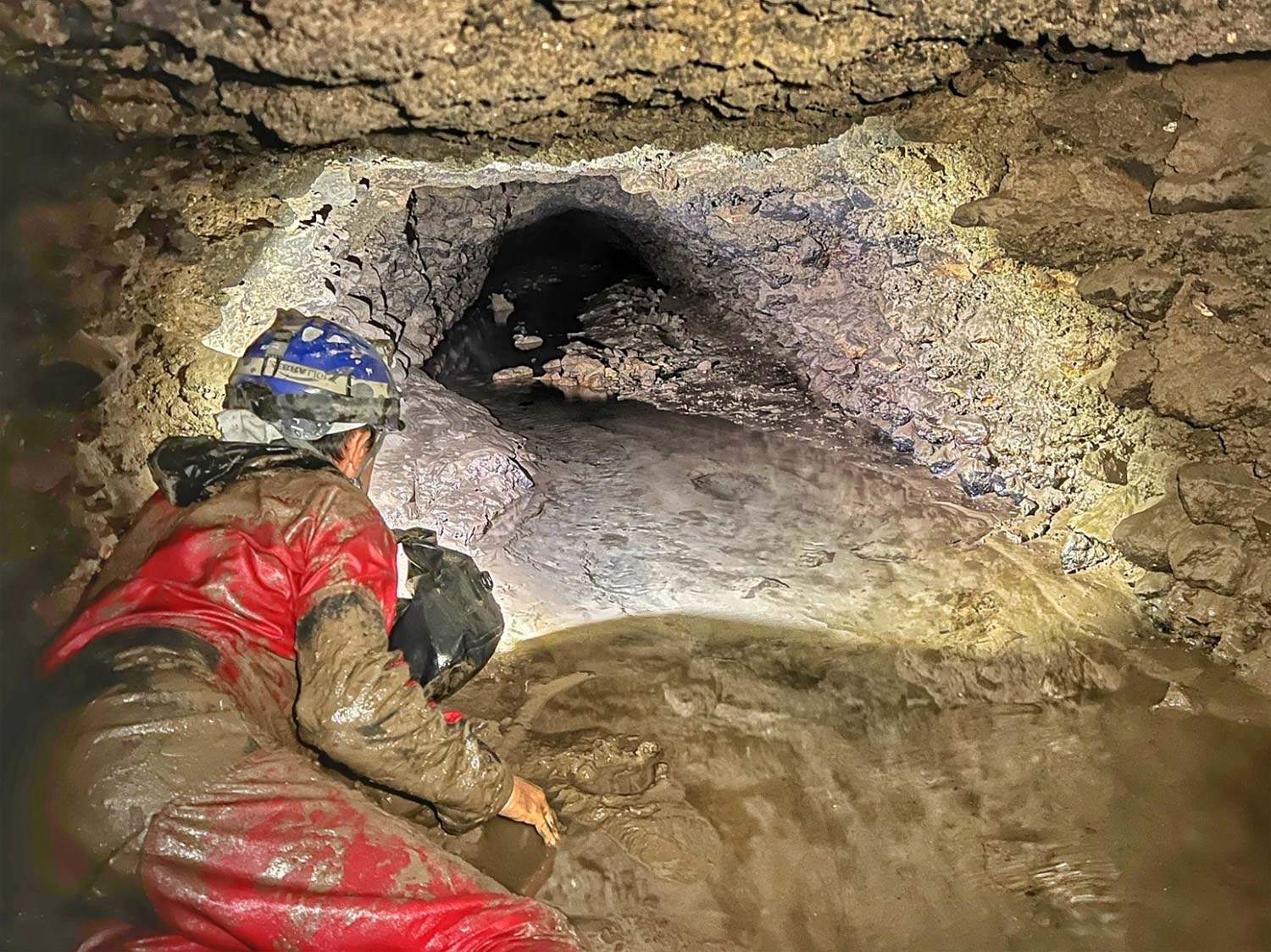Colosseum, research on its sewers reveals the habits of fans two thousand years ago
Important results are coming from a research project on the Colosseum’s hydraulics and sewers: analysis of what was found in the ancient conduits of theFlavian Amphitheater has in fact made it possible to photograph the habits of the people who frequented this great stadium of antiquity when it was in operation. The results were presented yesterday afternoon during the meeting Hydraulics of the Colosseum. Presentation of new data from research in the sewer collectors that was held at the Curia Iulia at the Colosseum Archaeological Park, introduced by greetings from Colosseum Archaeological Park Director Alfonsina Russo and attended by experts from the research team that worked on the survey under the scientific direction of Martina Almonte, Federica Rinaldi and Barbara Nazzaro.
It was, the Park explained in a note, a “significant moment of confrontation, with a strong popularizing imprint, to share the fruit of a huge amount of work, in terms of analysis and research, that involved speleologists from Roma Sotterranea Srl - as part of the Great Projects of Cultural Heritage funding - together with specialized architects and archaeologists, using cutting-edge technological tools, starting with wire-guided robots.”
The study, in addition to providing a deeper understanding of the ancient, complex, water management system of the Colosseum, constitutes an interesting cross-section ll the entire context related to the spectacles of two thousand years ago and the experience and habits of the “fans” who crowded the famous amphitheater, allowing a broader and deeper knowledge of it.
The study activities, which began in January 2022 with the stratigraphic excavation of the southern collector, involved a delicate operation of de-construction of nearly 70 meters of canal, allowing, in addition to the study of construction characteristics and ancient hydraulic functions, the collection of valuable archaeological documentation that testifies to the last phases of the Colosseum’s life before the “end of the games” in 523 AD and its final abandonment.
The ancient conduits brought to light copious finds of seeds and fruits of cultivated plants (figs, grapes, melons, olives, peaches, cherries, plums, walnuts, hazelnuts and pine nuts) as well as remains of wild plants, such as blackberries: probable remnants of meals eaten by spectators on the bleachers. Also of particular note is the presence of cuticles and fragments of boxwood and laurel leaves, evergreen woody plants used for ornamental purposes in the arena during performances and/or in the area surrounding the Colosseum. Also, bones of animals such as bears, lions, but also dogs forced into probable fights with each other on the arena or the subject of venationes, the hunting parties that, along with gladiator fights, entertained the Roman people at shows.
Artificial finds also included gambling dice or objects of personal use, such as a worked bone pin, as well as items of clothing (studs, shoe pegs and leather fragments), remnants of wall and floor coverings as well as a conspicuous number of late-age coins, as many as 53, all in bronze except for a shiny oricalc sestertius of Marcus Aurelius issued in 170-171 AD to celebrate the emperor’s 10-year vows. Its discovery could speculate on the use of such coins to ingratiate himself into the favor of the people. A surprising find by contemporary archaeologists to recount, more than 1,500 years later, the fascination of those games and days.
Among the primary goals of the research activity was the need to understand the functioning of the ancient sewers and hydraulics of the Colosseum. Hence the systematic study of the system of water regimentation with inspections carried out in the collectors below the square, in order to investigate and learn about the current mode of water disposal in the underground compartment of the monument; an issue that has always been unresolved, or only partially resolved, and whose analysis could prove to be fundamental for the elaboration of strategies to solve the problem of water disposal in such a delicate area as the Flavian amphitheater.
“The important research work promoted by the Park, in collaboration with the best Italian and international institutes,” emphasized Alfonsina Russo, director of the Colosseum Archaeological Park, “has allowed us to better understand the functioning of the Colosseum in terms of hydraulic layout, but also to delve into the experience and habits of those who frequented this place during the long days dedicated to the shows. We decided to present these results as part of a public archaeology day, open to everyone’s participation, because we strongly believe that all our activities, from research to enhancement, should be shared with citizens and communities. This is the first step, which will undoubtedly be followed by the scientific edition and publication of the data.”
Pictured is an angular sewer of the Colosseum.
 |
| Colosseum, research on its sewers reveals the habits of fans two thousand years ago |
Warning: the translation into English of the original Italian article was created using automatic tools. We undertake to review all articles, but we do not guarantee the total absence of inaccuracies in the translation due to the program. You can find the original by clicking on the ITA button. If you find any mistake,please contact us.





























